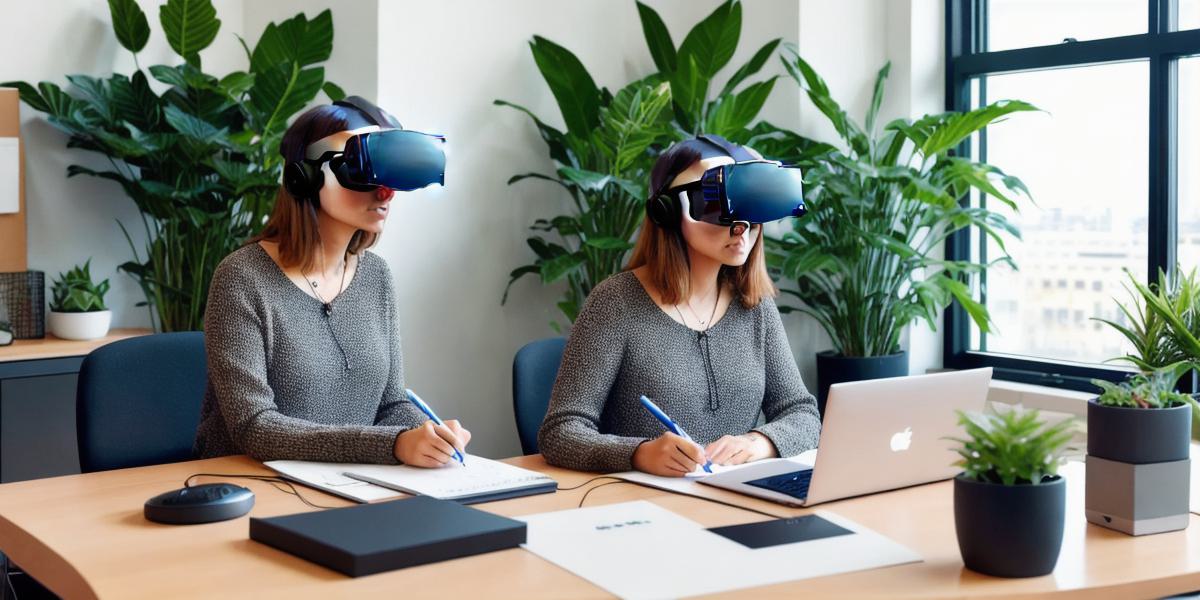The virtual world of the metaverse is quickly gaining popularity as a new space for businesses and individuals to interact and experience reality in new ways. However, with this growing interest comes the need for effective user experience (UX) design. UX design refers to the process of designing products, systems, or services that are easy to use, accessible, and enjoyable for users. To create a seamless experience for users in the metaverse, it’s important to follow best practices for UX design.
One of the most important aspects of UX design in the metaverse is understanding your audience. This includes knowing their interests, motivations, and pain points. By doing so, you can create a design that is tailored specifically to their needs and preferences. For example, if your target audience consists of gamers, you may want to incorporate elements of games into your design to make it more engaging and fun.
Another important aspect of UX design in the metaverse is simplicity. People should be able to navigate through the virtual world easily and quickly without being overwhelmed with too much information or options. This can be achieved by using clear, concise language, creating intuitive interfaces, and using minimalistic designs. For example, you may want to use simple, easy-to-read fonts and avoid cluttering the interface with unnecessary icons or buttons.

Engagement is also key when it comes to UX design in the metaverse. People are more likely to stay engaged if they find the experience interesting and fun. This can be achieved by incorporating gamification elements, creating interactive experiences, and providing personalized content based on the user’s interests. For example, you may want to include rewards or achievements for completing certain tasks or challenges within the virtual world.
Comfort and accessibility are also important considerations for UX design in the metaverse. People should be able to navigate through the virtual world without experiencing discomfort or strain. This can be achieved by ensuring that the interface is easy to use, providing adjustable settings for lighting and sound, and designing for accessibility with features such as closed captions and high-contrast modes. For example, you may want to include options for adjusting the brightness or contrast of the virtual environment to accommodate users with visual impairments.
Finally, it’s important to use research and experimentation when designing for the metaverse. This includes conducting user testing, analyzing data on engagement and usage, and iterating based on feedback. By doing so, you can create a design that is constantly improving and adapting to the needs of your users. For example, you may want to conduct user surveys or interviews to gather feedback on the design and make changes based on their suggestions.
In conclusion, effective UX design in the metaverse requires understanding your audience, keeping it simple, making it engaging, ensuring comfort and accessibility, and using research and experimentation. By following these best practices, you can create a seamless experience for users that will keep them coming back for more.




